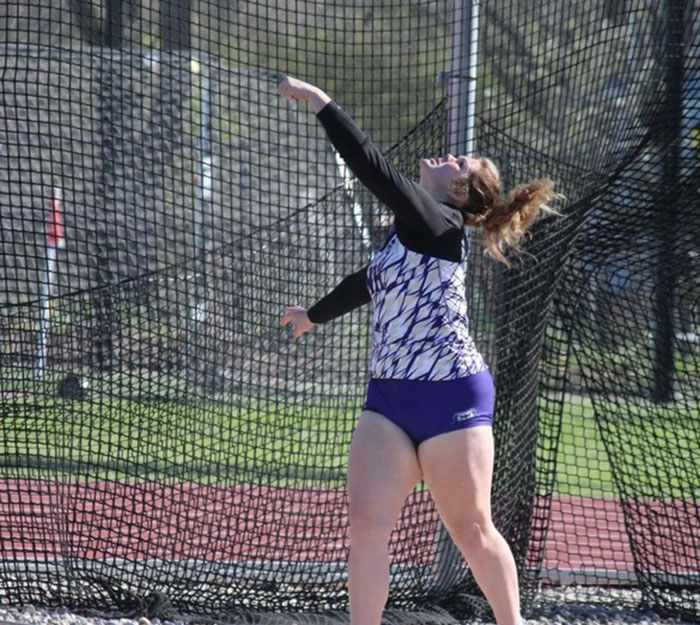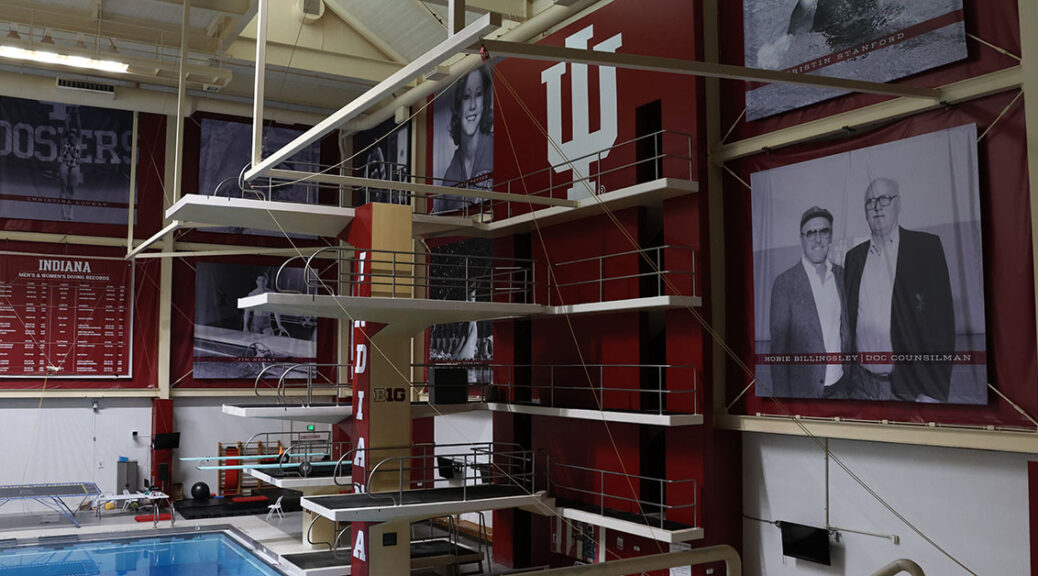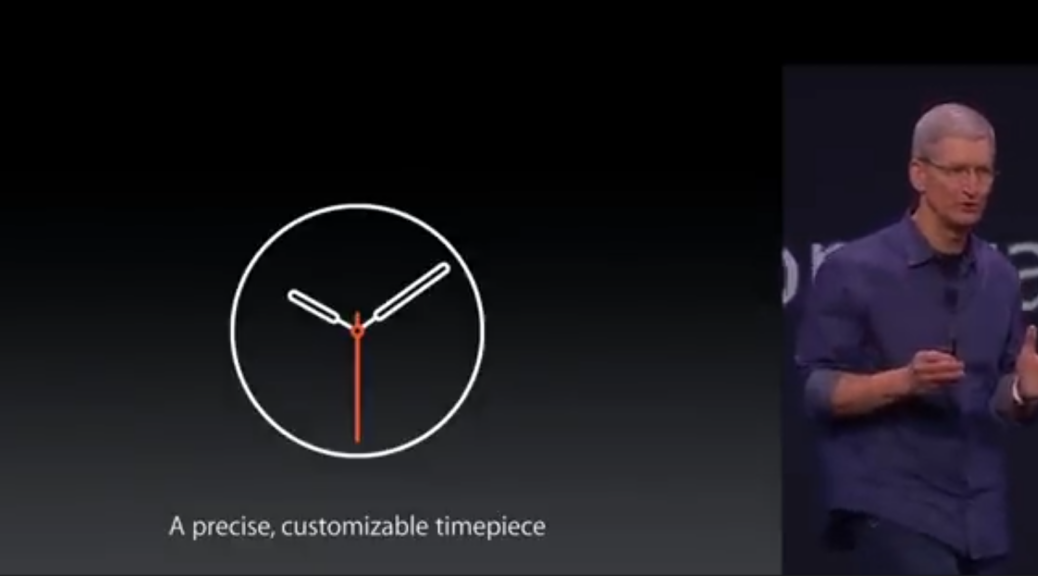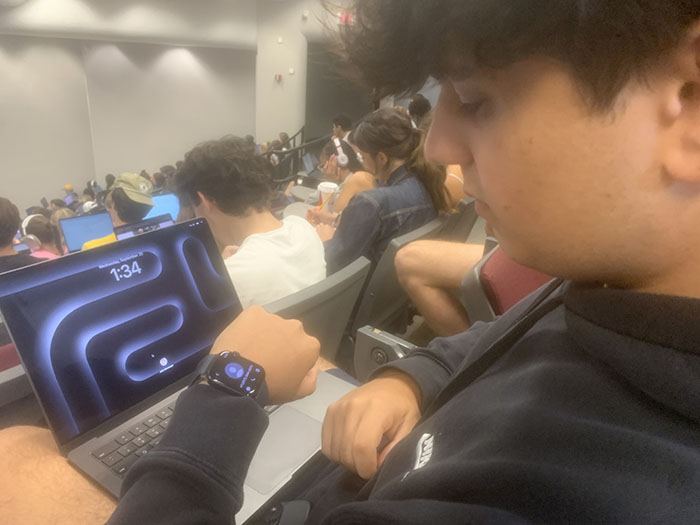NIL Affects Athletes of All Kinds Years Later
By Sienna Lyst, Skye Murrell and Noah Gross
BLOOMINGTON, Ind. (Nov. 5th, 2024)
On July 1, 2021, the NCAA (National Collegiate Athletic Association) approved the Name Image and Likeness (NIL) policy. This policy would allow college athletes to profit off of their personal Name Image and Likeness. This opened up several opportunities for brand deals and partnerships. This was a long awaited policy, but how is it affecting athletes and coaches now?
It has now been over three years since the NIL ruling was approved. Over the years, several athletes and schools have been affected in many different ways. NIL deals are now a part of the recruitment process for most sports. Even after three years, it is still a hot debate topic within the college athlete community.
“Not technically, I have a scholarship but that doesn’t really make me a profit,” Purdue Fort Wayne Track and Field athlete Makenna Dommer said when asked if she gets paid to play her sport. This is one of the indirect ways that colleges and universities will pay their athletes to go to their school. According to Dr. Galen Clavio, a professor at Indiana University Bloomington, “The NCAA is desperately trying to enforce rules.” One of these rules being that they can’t “pay-to-play”. This means that schools could not openly come out and pay their student athletes a salary for choosing their specific school and playing for their sports teams. “No, I don’t think so,” Dommer also said when asked if she thinks she should be paid.

NIL deals are a big reason why a lot of athletes choose their school. “With a school that has a good NIL program you have a lot more opportunities to be able to pay for school,” Dommer said. This is one of things that changed the most with the NIL ruling. “Only the big mainstream sports are guaranteed full scholarships, like I said I ran track, so I only got books,” Bruce Stephens, a coach at New Haven High School and former Purdue Track and Field Athlete, said. Before NIL deals were legal, most athletes were only getting small scholarships that barely covered any of their schooling. When Stephens was competing at Purdue, he did not have an NIL deal. It wasn’t until his Junior or Senior year that NIL deals started.
NIL deals affect coaches more than some assume. “I don’t think that necessarily, for me as a coach. NIL is something that I will push for them to focus on during the recruitment process,” Stephens said when asked if he has spoken to his athletes about NIL deals, “There are, however, many college student athletes and there’s like less than 0.1% that go pro.” Most coaches of smaller and less followed sports will not push NIL onto their athletes.

“Yes, we had a whole meeting about it at the beginning of the year and it showed us how it was set up, how you can get the store out there, and how people can buy your merch,” Dommer said when asked if she was spoken to about NIL by any of her coaches. This was helpful to her because, as a track athlete, she does not get an automatic NIL deal. “Our basketball team all have automatic NIL deals through the school,” Dommer said. This goes along with what Stephens said about how only big names and mainstream sports get offered NIL deals. “For a guy that goes to a big school, I don’t think it’s hard at all,” Dommer said when asked if she believes it is hard to get an NIL deal.

Most college athletes do not end up getting brand deals or partnerships because they are not a big enough name. “I would highly recommend that we start teaching social media branding at the high school level,” Dr. Galen Clavio, Director of the National Sports Journalism Center at IU, said while speaking to a class on the topic of NIL. This would make it easier for athletes to engage with companies and brands that could be potential partners. This would also give athletes an opportunity to learn more advanced media literacy skills which could help them later in their careers.
Most college athletes and coaches believe that the NIL ruling was a good decision. It allows athletes to pay for their schooling and it allows coaches to fund their sport and athletes.
Individuals weigh in on the effects of NIL on IU students. Many different opinions exist across campus.





